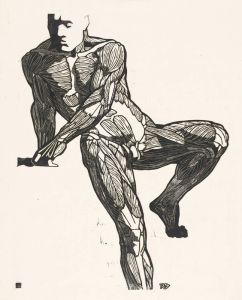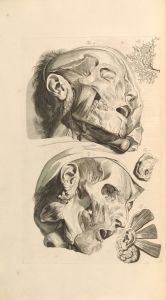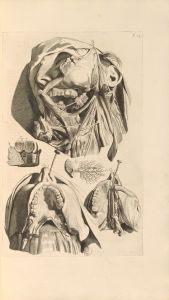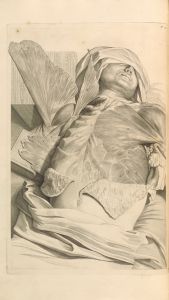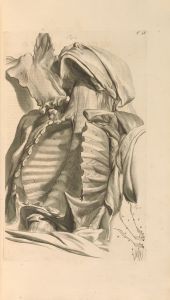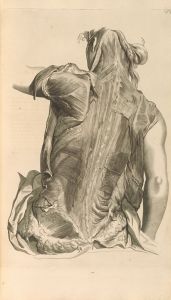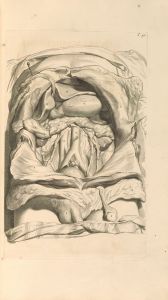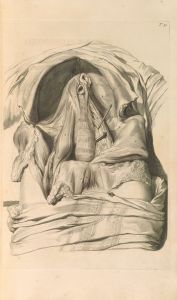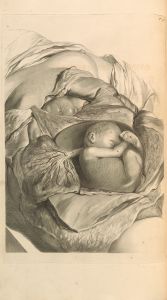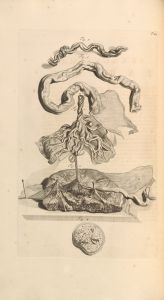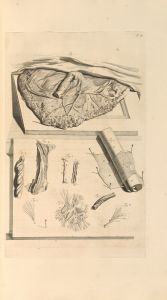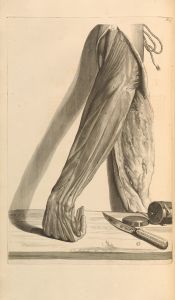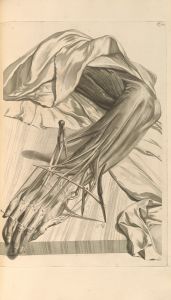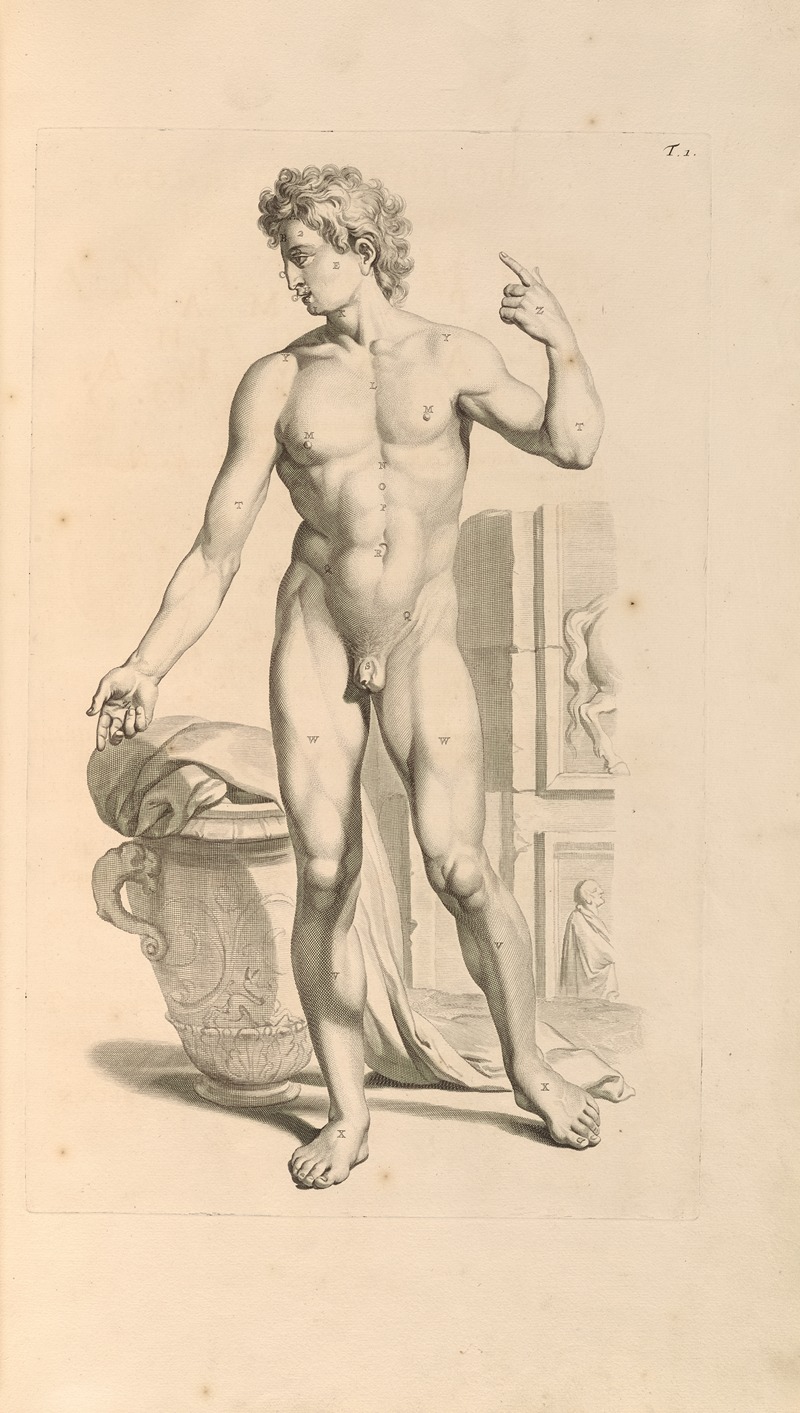
Anatomia humani corporis Pl.002
A hand-painted replica of Gerard de Lairesse’s masterpiece Anatomia humani corporis Pl.002, meticulously crafted by professional artists to capture the true essence of the original. Each piece is created with museum-quality canvas and rare mineral pigments, carefully painted by experienced artists with delicate brushstrokes and rich, layered colors to perfectly recreate the texture of the original artwork. Unlike machine-printed reproductions, this hand-painted version brings the painting to life, infused with the artist’s emotions and skill in every stroke. Whether for personal collection or home decoration, it instantly elevates the artistic atmosphere of any space.
Gerard de Lairesse (1641–1711) was a Dutch Golden Age painter and etcher, known for his classical and academic style. He contributed significantly to the fields of art and anatomy through his collaborations with prominent figures of his time. One of his notable works is the illustration "Anatomia Humani Corporis Pl.002", which is part of a larger collection of anatomical engravings.
This illustration was created for the book "Anatomia Humani Corporis", authored by the Dutch anatomist Govard Bidloo (1649–1713). Published in 1685, the book is considered a landmark in the history of anatomical studies. It featured 105 detailed copperplate engravings, which were based on dissections and aimed to provide an accurate representation of the human body. Gerard de Lairesse was commissioned to create these engravings, which were then executed by the skilled engraver Abraham Blooteling.
"Anatomia Humani Corporis Pl.002" is the second plate in this series and exemplifies the detailed and precise approach taken by de Lairesse and his collaborators. The illustration depicts a dissection scene, focusing on a specific part of the human anatomy. The work is notable for its combination of scientific accuracy and artistic composition, reflecting the Baroque era's emphasis on merging art and science. De Lairesse's background as a painter allowed him to bring a sense of realism and depth to the anatomical figures, making them not only educational but also visually compelling.
The book itself was groundbreaking for its time, as it marked a shift from earlier, less accurate anatomical illustrations to a more empirical and observational approach. However, despite its scientific importance, the book faced criticism for its high cost and the perceived artistic embellishments in the illustrations, which some argued detracted from their scientific utility.
Gerard de Lairesse's contribution to "Anatomia Humani Corporis" remains an important example of the intersection between art and science during the Dutch Golden Age. His work on this project showcases his skill as an artist and his ability to adapt his talents to serve scientific inquiry. Today, these illustrations are valued not only for their historical significance in the field of anatomy but also as works of art that reflect the intellectual and cultural currents of the late 17th century.





